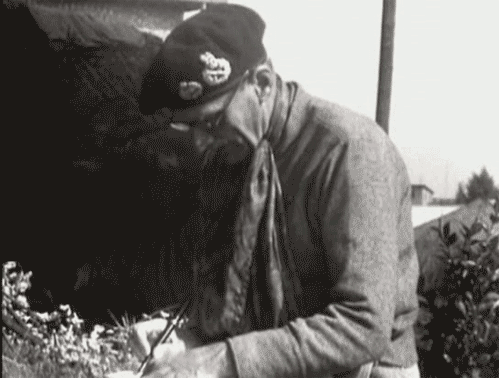
HOMBROICH PROJECTS
! SHUT UP AZBY !
 |  |  |  |
|---|---|---|---|
 |  |  |  |
 |  |
THE THREE ORPHANS
Launch Area - Raketenstation
Fire Control - The Sheepland
Kasern - The Wuffotel
PSYCHO-ARCHAEOLOGY
Was the tunnel for Elvis?
INSTALLATION & PUBLICATION
The installation
22.08.2015
Neuss, Germany
Hack the folders !
Raketenstation Hombroich, more correctly identified as the 9th B Launching Area, Kapellen, was one of over 70 Nike missile launch bases built by NATO in Germany between 1959 and 1967 for primary air defense against attacks by Warsaw Pact aircraft. Other NATO countries, such as Italy, Greece, and Norway, hosted similar bases, and over 200 were built in the continental United States. NATO air defense bases in Germany were manned by troops from Germany, the US, Belgium, and the Netherlands, each base usually being staffed by a single nation, with significant administrative, logistical and other support provided by the US. Though sleeping and eating accommodations were provided for staff manning each launch area (LA) in the “ready” mode, larger barracks (kasernes) were invariably located nearby which served troops from several bases in the same sector. In addition, missile targeting and fire control systems were located approximately 1000 to 5000 meters from each launch area. While there was a fair degree of standardization in siting and functional elements, bases of each type were laid out to accommodate variations in the available sites, most of which had previously been agricultural land. With the end of the Cold War in 1989, hundreds of bases of many types in Germany were decommissioned as part of the major drawdown of NATO troops, and the issue of their reuse was studied extensively and many proposals made. Nevertheless, because few are actually easy to reuse for civilian purposes, most former NATO bases in Germany remain in an abandoned state.
Even frequent visitors to Raketenstation Hombroich are surprised to learn that its Integrated Fire Control (IFC) site and the Kapellen Kaserne where the troops lived are nearby, and, since being decommissioned in the early 1990’s, have developed into a sharply contrasting and intriguing family of “orphans.” While the Launch Area has been transformed into a visionary arts facility, the Integrated Fire Control now provides an artificial hillside for grazing sheep, and the Kaserne has been repurposed into a hotel for dogs and other animal-related uses. Our investigations included online and archival research, site visits, and interviews, which together provide the basis for a psychoarchaeological commentary.
In addition to the shifting uses, identities, and perceptions which have arisen for each site, a number of consistent themes were identified. Time figures prominently, of course, particularly when viewed as a flow of change which has led to long periods of slow change, even stasis, punctuated by intense periods of rapid, even catastophic, transformation. The decommissioning process can be seen as a primary example of the latter. Time also manifests in the position of physical elements and behaviors along an axis whose poles can be described as “temporariness” versus “persistence,” which invariably overlap and interact. The process of change and transformation is also characterized by material flows, as inputs (such as during construction) and outputs (such as during removal). Overall each site can be said to be undergoing a process of “rewilding,” not necessarily an ideal “return to nature” but the reappearance of biological organisms which had been absent for decades while the bases were in use and their environments strictly edited and managed. But the most striking aspects revealed by this research are the degree of divergence the sites now exhibit, and the way each has stimulated a very different type of creative thinking which is evident in the nature of each reuse. That the results often strike trained observers as amusing also brings to the fore the obstacles to reuse each site presented and the kind of effort grappling with each has required.
The cognitive and behavioral aspects each site encourages in the people who live in, work at, or visit them also appear to be extremely divergent, though marked by what may be a shared and partly intentional progressive forgetting and resistance to memory, as if no more needs to be known about their original uses. As “swords,” these bases were deadly reminders of existential threat and the missteps of past history, and the impetus to transform them into “plowshares” may well encourage a psychic distancing from the implied violence of their origins. In this situation, a myth serves as well as a fact, if not better, for explaining new uses and purposes, and for contrasting the benefits transformation has brought in its wake with the unpleasant prior reality.







